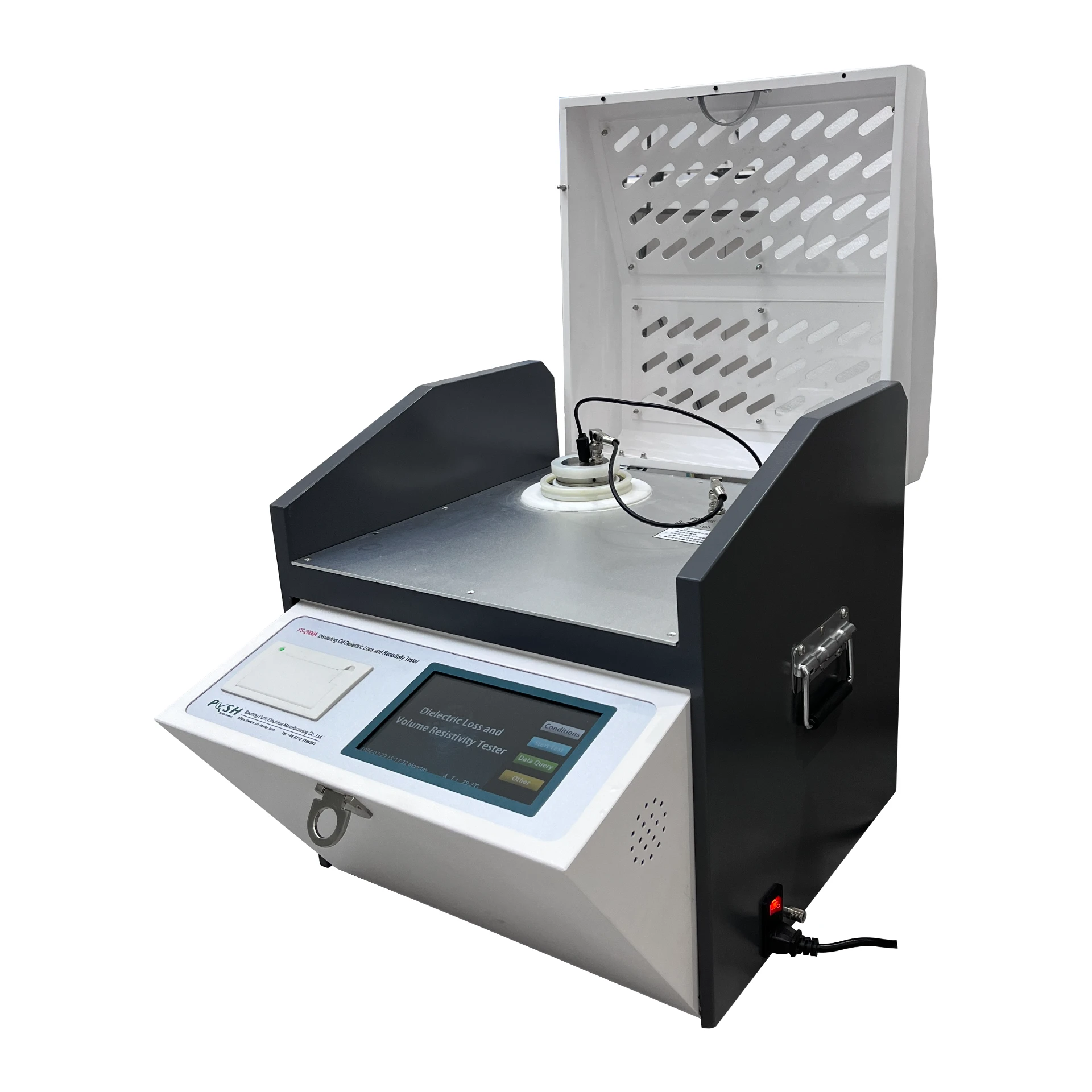 English
English


Digital Insulation Tester - Reliable Insulation Testing Solutions
Understanding Digital Insulation Testers A Comprehensive Overview
In today’s electrical landscape, ensuring the safety and efficiency of electrical systems is more crucial than ever. One essential tool that plays a significant role in this is the digital insulation tester. This device is specifically designed to measure the insulation resistance of electrical systems, which is vital for preventing electrical failures and ensuring compliance with safety standards.
Digital insulation testers operate by applying a high DC voltage, typically between 250V and 1000V, across the insulation system under test. The resistance of the insulation is then measured, providing insight into its condition. A high resistance value typically indicates good insulation, while a low value can signal deterioration or potential failure. This measurement is crucial for electrical engineers and technicians to assess the health of various equipment, including motors, transformers, and cables.
One of the main advantages of digital insulation testers over traditional analog models is their ease of use and accuracy. Digital models often feature large, easy-to-read displays and can store multiple test results for later review. This capability is especially beneficial for professionals who need to keep track of readings over time to identify trends or measure the effectiveness of maintenance procedures.
digital insulation tester

Moreover, many modern digital insulation testers come equipped with advanced features such as automated testing sequences, which streamline the testing process. These devices can perform tests at different voltage levels and automatically display the results, reducing the risk of human error. Some models also provide data logging capabilities, allowing users to transfer test results to a computer for further analysis or reporting. This feature is invaluable for maintenance teams who need to document their inspections and ensure compliance with regulatory standards.
When selecting a digital insulation tester, several factors must be considered. First, the voltage range is crucial; testers that can measure higher voltages are typically able to test a wider array of equipment. Additionally, users should look for features such as insulation resistance measurements at varying voltages, automated testing functions, and data logging capabilities. Portability is also important, especially for field technicians who need lightweight and durable equipment.
Safety is another paramount consideration. Digital insulation testers are often designed with safety in mind, incorporating features such as overload protection and warning indicators for potentially dangerous conditions. Users must always follow recommended guidelines and safety practices when using these devices to mitigate risks associated with high-voltage testing.
In conclusion, digital insulation testers are indispensable tools in the field of electrical maintenance and safety. Their ability to provide accurate and reliable measurements of insulation resistance helps professionals prevent equipment failures and protect both personnel and property. As technology continues to evolve, we can expect further innovations in digital insulation testers, enhancing their capabilities and making them even more user-friendly. Investing in a high-quality insulation tester is, therefore, a wise choice for anyone involved in electrical work, ensuring safety and efficiency in electrical systems for years to come.
-
Differences between open cup flash point tester and closed cup flash point testerNewsOct.31,2024
-
The Reliable Load Tap ChangerNewsOct.23,2024
-
The Essential Guide to Hipot TestersNewsOct.23,2024
-
The Digital Insulation TesterNewsOct.23,2024
-
The Best Earth Loop Impedance Tester for SaleNewsOct.23,2024
-
Tan Delta Tester--The Essential Tool for Electrical Insulation TestingNewsOct.23,2024





